
The US conceptual artist Adam Pendleton is deeply interested in systems and processes, themes he explores in his exhibition of recent works at Pace Gallery (Our Ideas, until 9 November) and on the gallery’s stand at Frieze Masters, which he organised. “All artists curate their own shows to a certain extent,” Pendleton says, but this is the first time he has “brought together the objects of other artists in this way”. Inspired by the writing of the art critic Rosalind Krauss, his Frieze Masters show includes pieces by conceptual artists such as Sol LeWitt, Roman Opalka and Robert Ryman, as well as lesser-known names such as Howardena Pindell. “I think there are gaps in the history of conceptual art, and there is room for people like Howardena to occupy more space in that narrative,” Pendleton says. He continues to champion conceptual—and overlooked—artists in his selection of top works at Frieze Masters. Adam Pendleton. Photo: Matthew Septimus 2016
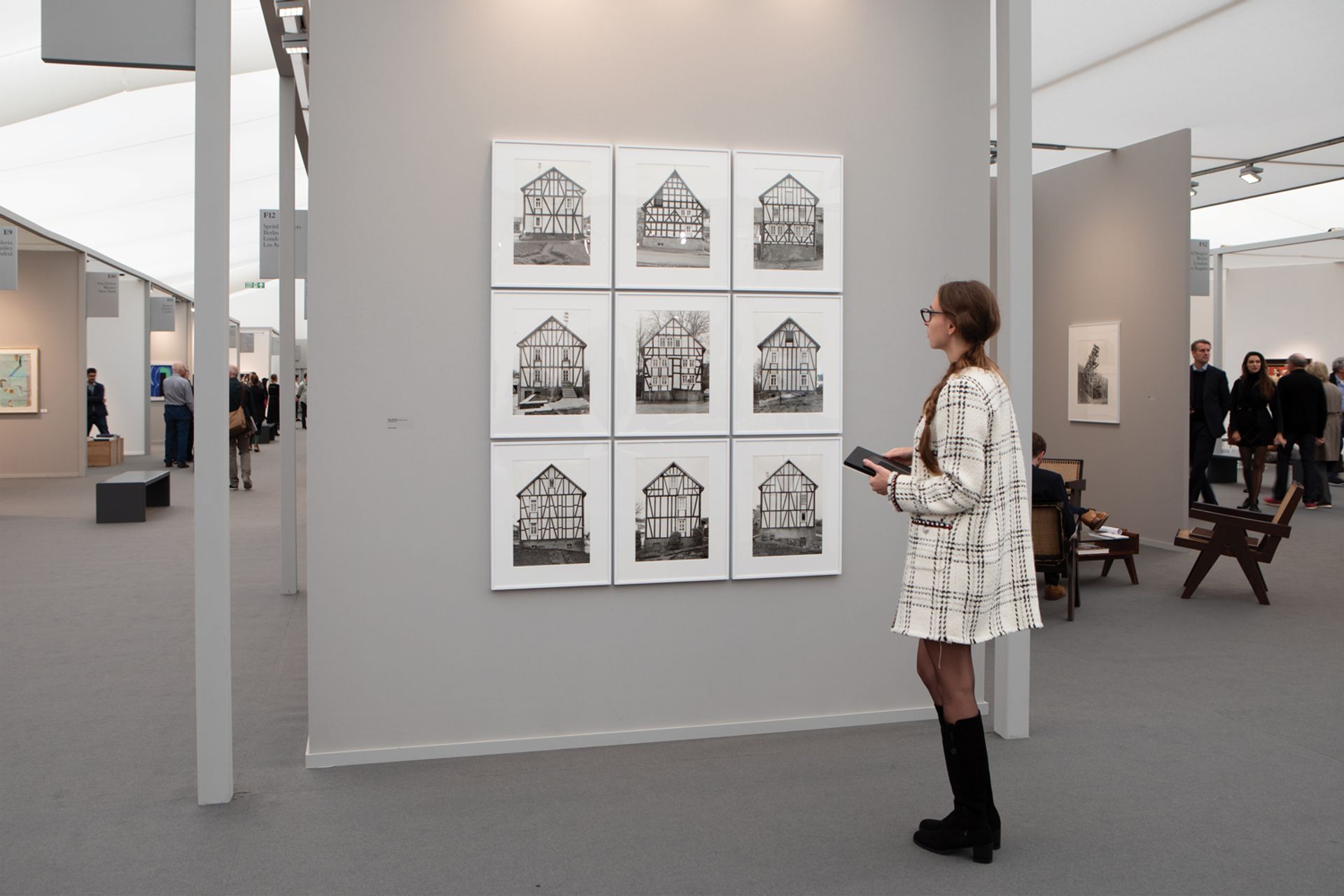
Gerd and Hilla Becher's Framework Houses—Gable Side (1970-73), Sprüth Magers: “A long-time favourite. This work is very much a system- or process-oriented work, but it also works well on a formal level. I’ve always been curious about how a work of art can act as a document, and/or if there is a documentary element to it. How does that relate to the artistic process in general? I also like long-term projects, where the artist begins with an idea and continues it. There’s an obsessive quality to them, almost like you’re stuttering: to stumble and arrive at something else through repetition.” © David Owens/The Art Newspaper
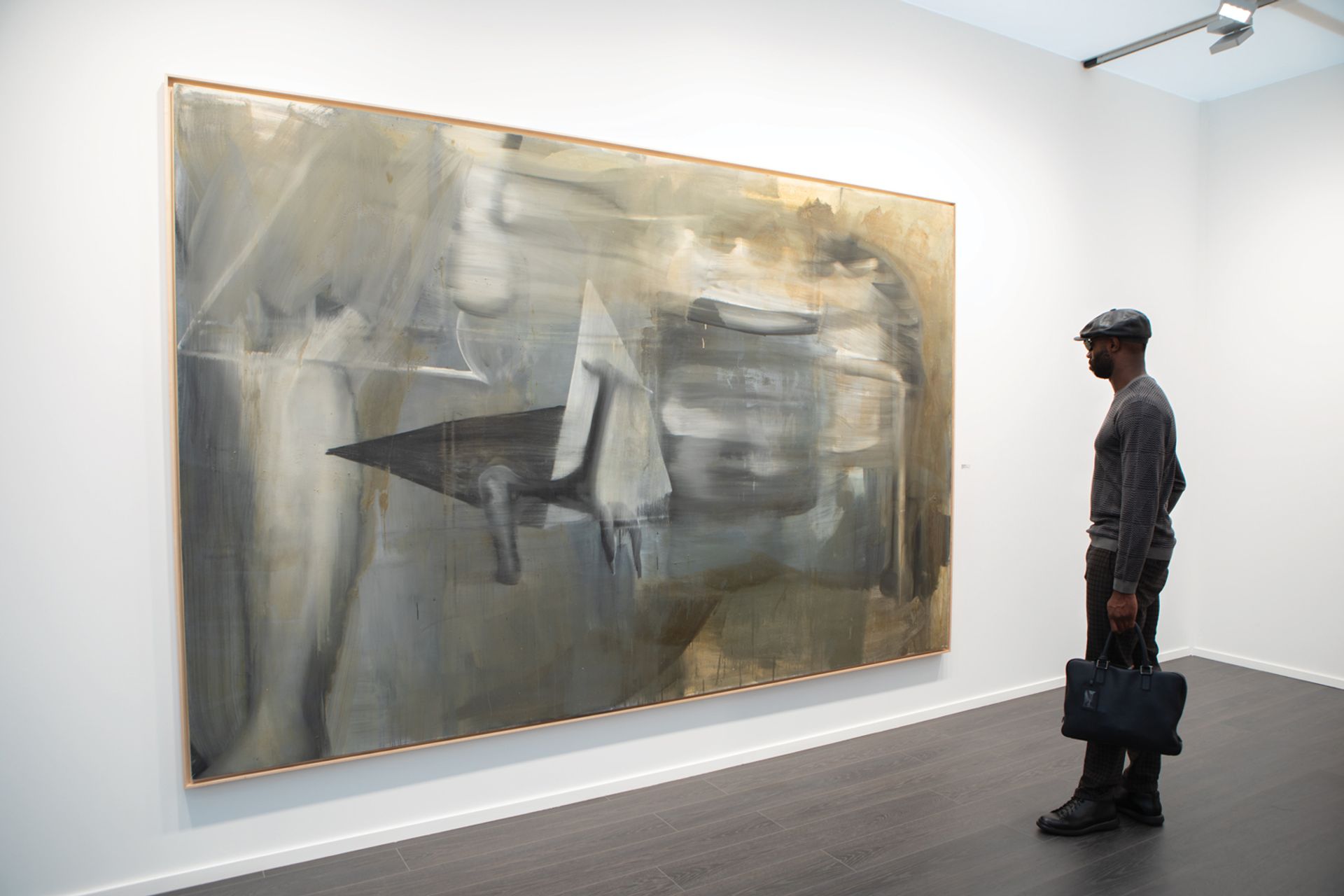
Albert Oehlen's Cows by the Water (1999), Nahmad Contemporary: “I like Oehlen’s commitment to painting and his nonchalance about whether it’s ugly or not. There’s this strange alchemy: what compels us to look at something beautiful or ugly?” © David Owens/The Art Newspaper
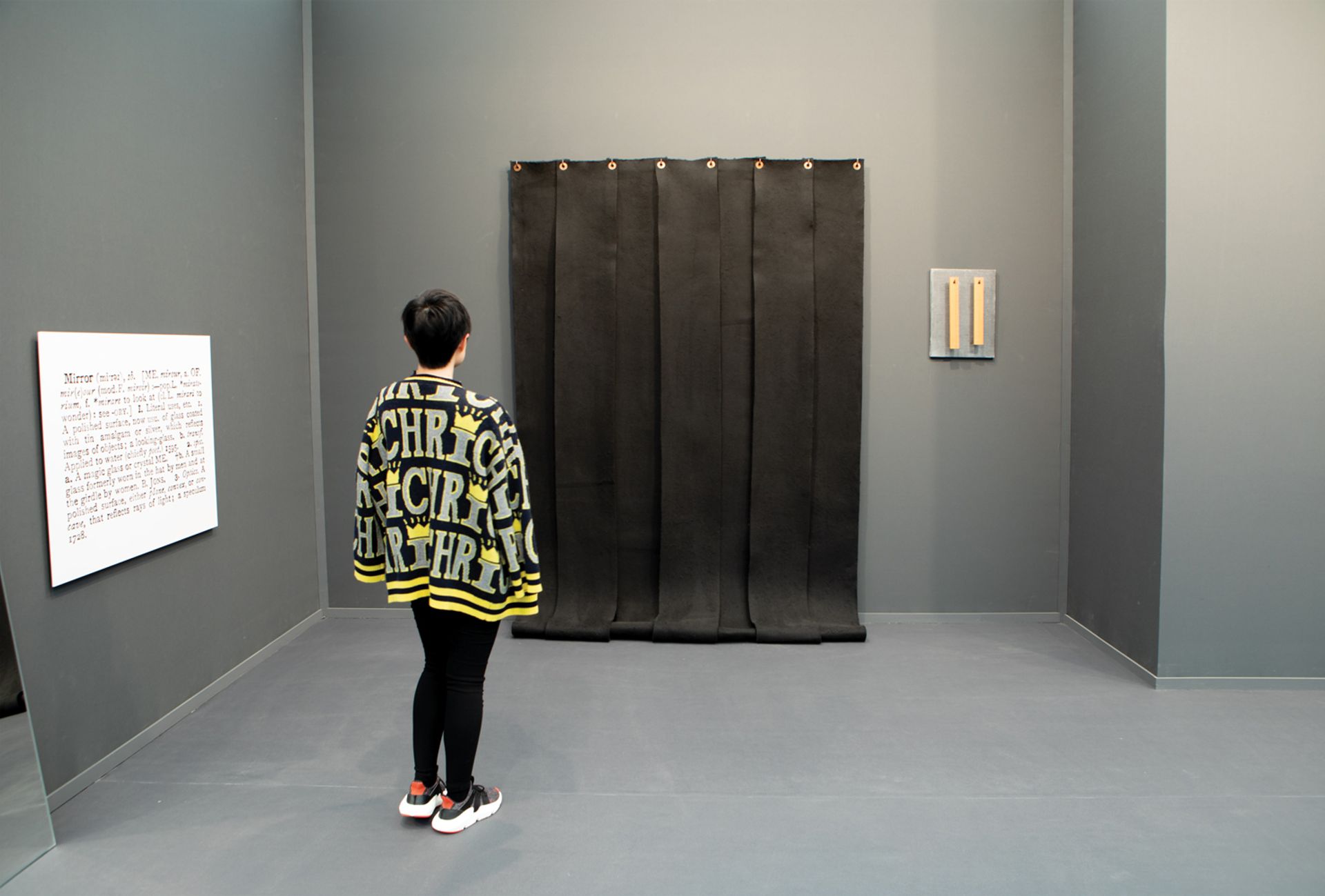
Robert Morris's Untitled (1976), Castelli Gallery: “Robert Morris is arguably one of the more important Minimalists. In this context, the work almost disappears; it’s not the first thing you notice, but when you do, you can’t unsee it. He uses felt as though it was something very heavy, but light at the same time—yet it has this imposing presence. What a great piece.” © David Owens/The Art Newspaper
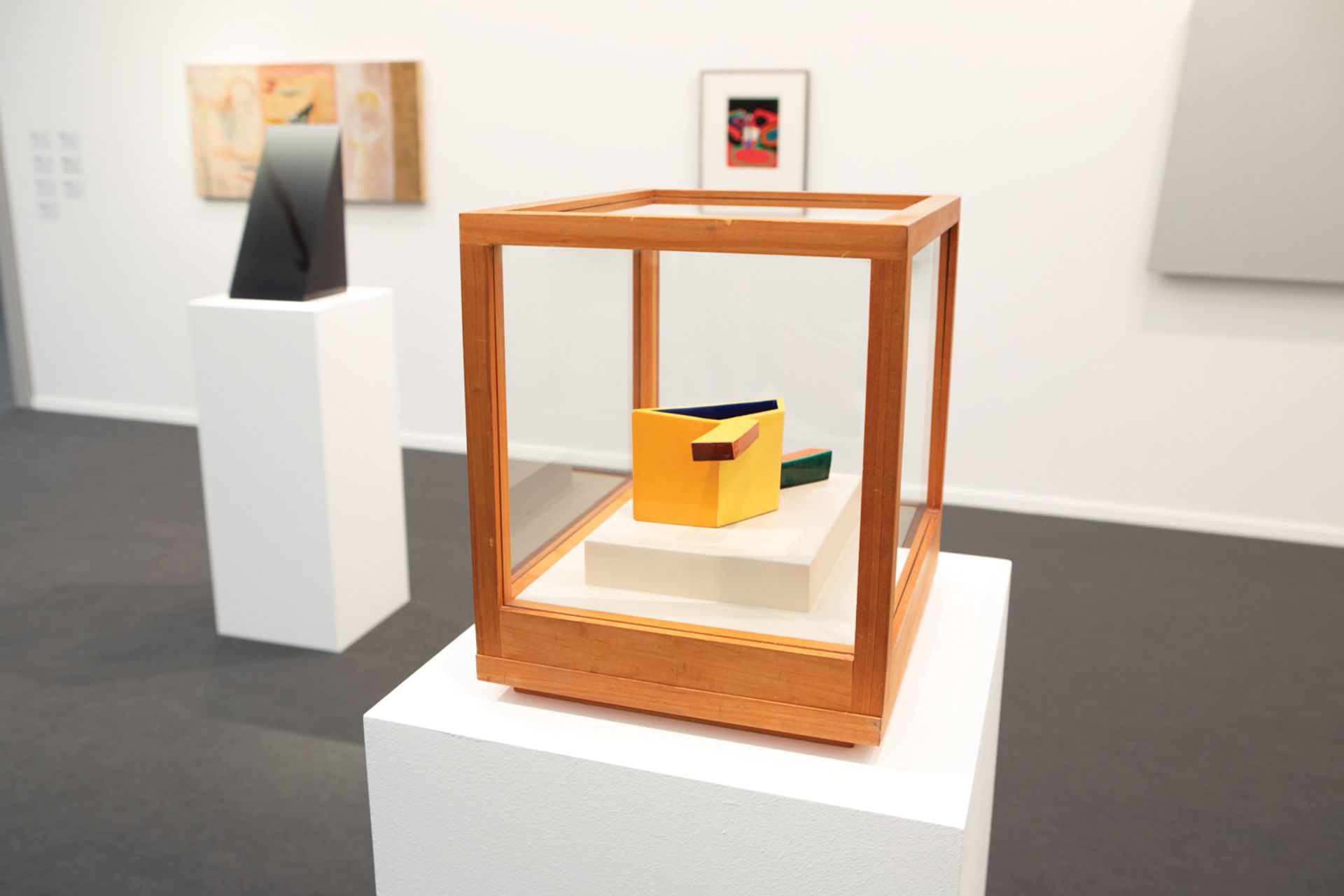
Ken Price's Untitled (Geometric cup) (1974), Franklin Parrasch Gallery: “I like his more familiar biomorphic shapes as well, but I am particularly drawn to the sharper lines and angles of this work. He’s a great colourist. It’s nice to see how an oddball piece can illuminate everything else about an artist’s work.” © David Owens/The Art Newspaper
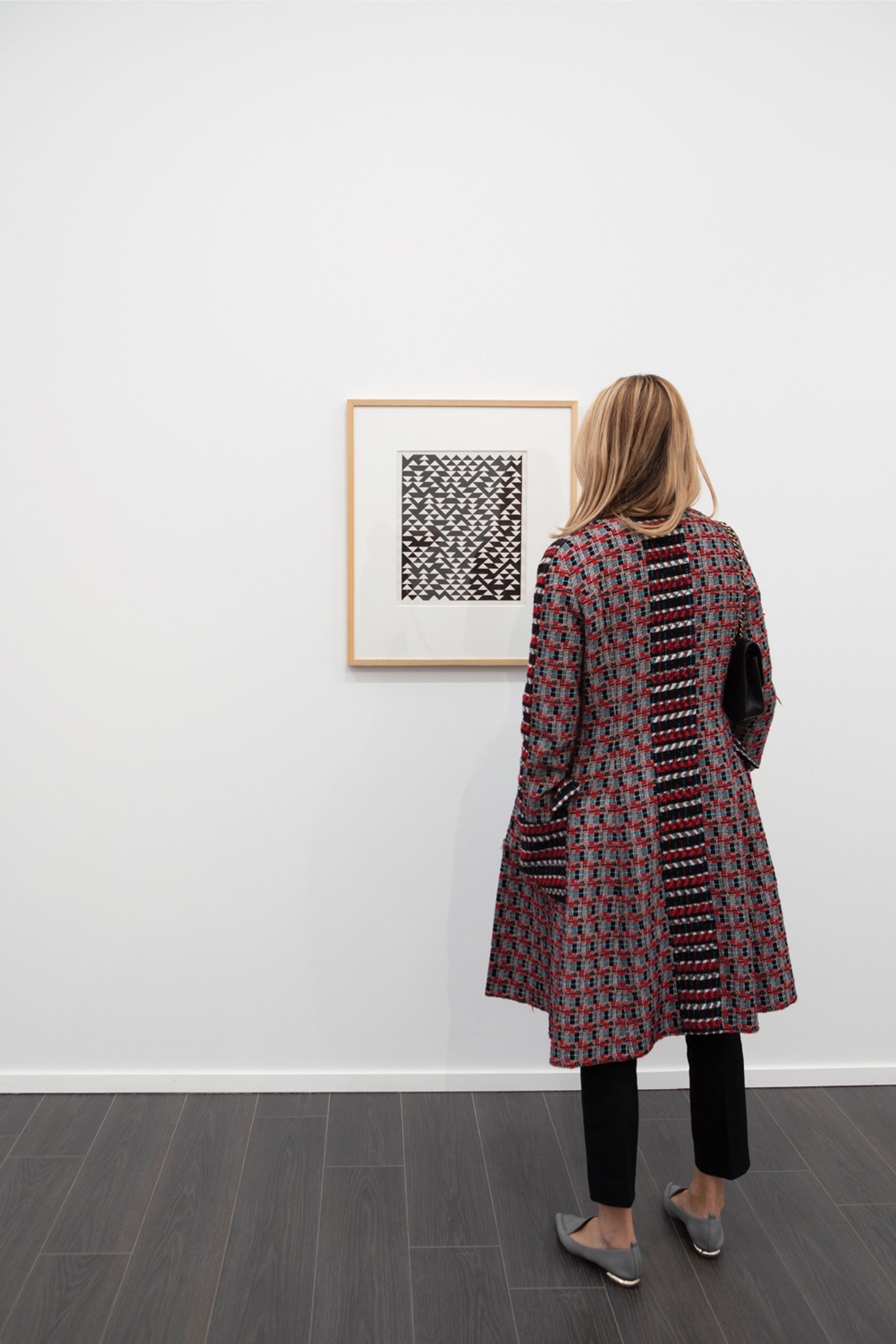
Anni Albers's DR XVII (1974), David Zwirner: “I’m drawn to artists’ drawings and this is a particularly good example by Anni Albers. It’s meticulous and loose at the same time. I like when you can see how something was made. Here, for example, the faint pencil lines are visible. It looks as though she laid out a grid across the page, then made a series of decisions about what she would fill in. I think she was always considered the other Albers, but maybe now she is becoming the Albers.” © David Owens/The Art Newspaper
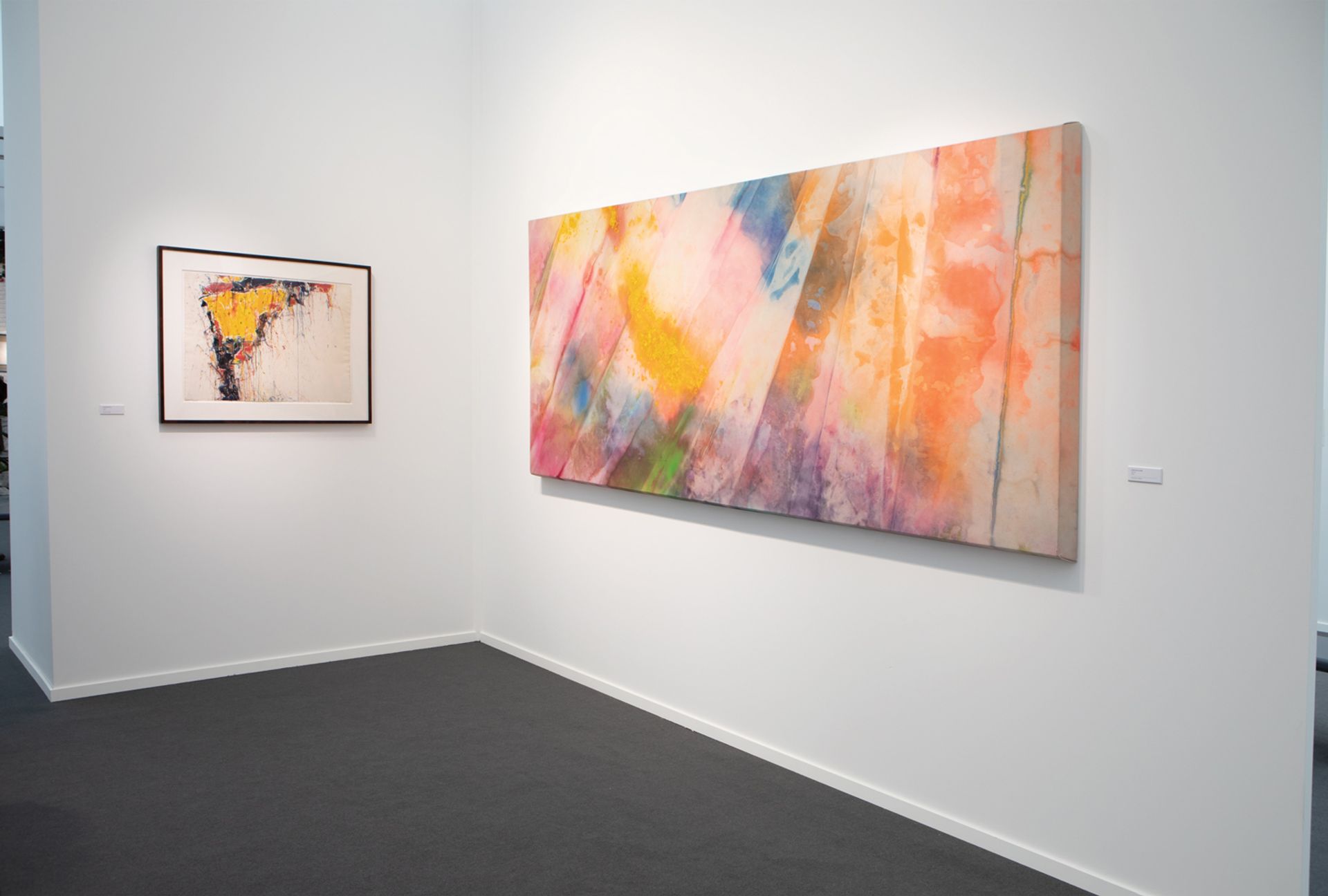
Sam Gilliam's Ray IX (1970), Mnuchin Gallery: “Sam Gilliam’s paintings, particularly those from this period, are wonderful—hands-down. His show at the Kunstmuseum in Basel this summer [9 June-30 September] was one of the best exhibitions of a painter I have ever seen. I thought it was really remarkable. And like Steven Parrino’s work, there is a sculptural dimension to this piece. The way his drape paintings are installed can completely transform them—they’re perpetually becoming. They’re not a fixed experience, which a painting so often is. It’s great that people are looking at Gilliam’s work again and giving it the attention that it so rightfully deserves.” © David Owens/The Art Newspaper
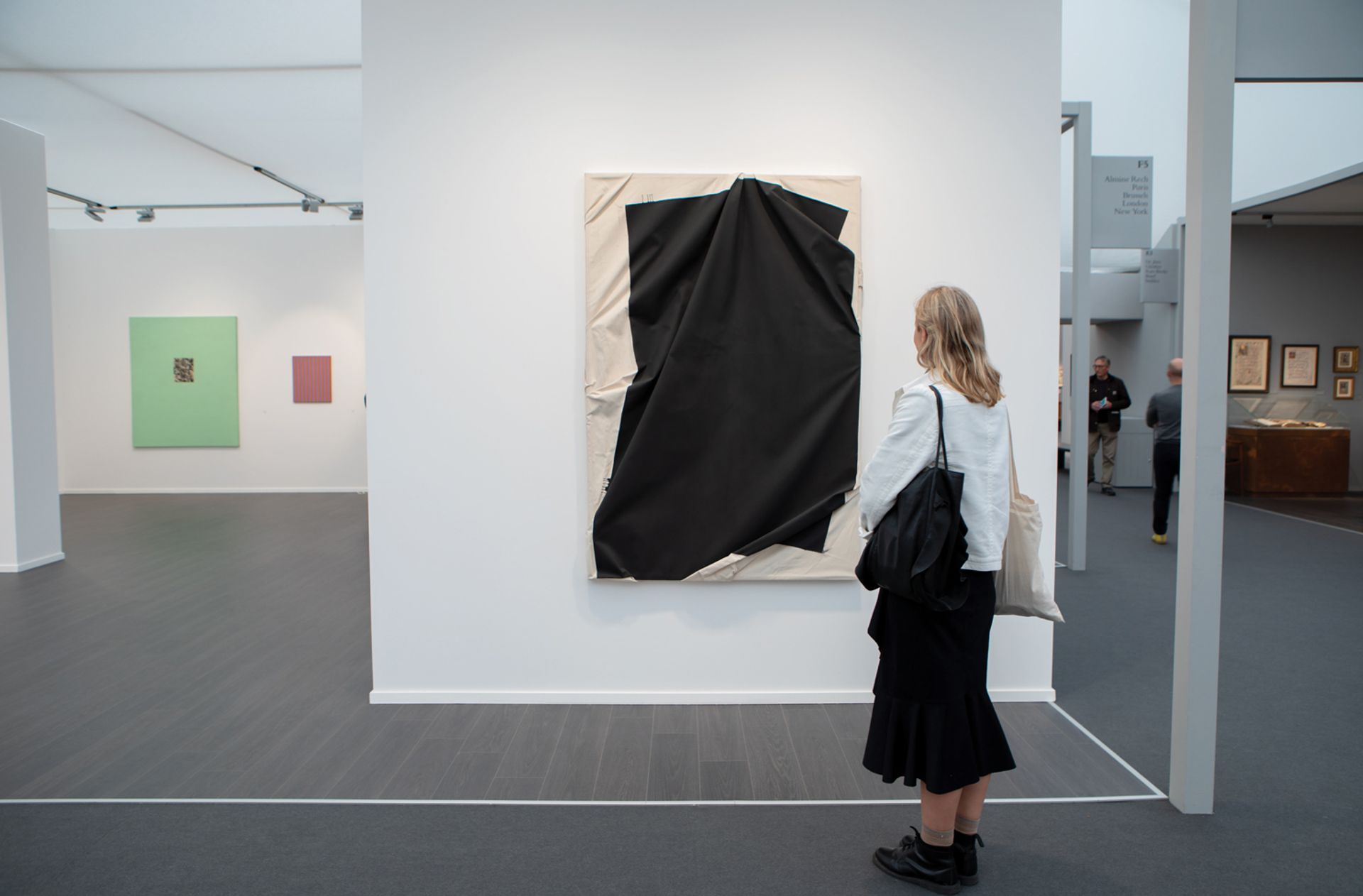
Steven Parrino's China de Sade (1987), Almine Rech Gallery: “It’s nice to spend time with a painting that does something different, one that disrupts the plane. Parrino is such a great example of an artist who did that. Like the Bechers, his work is about exhausting a system or procedure, which you can do in different ways. This work hovers somewhere between painting and sculpture.” © David Owens/The Art Newspaper
The US conceptual artist Adam Pendleton is deeply interested in systems and processes, themes he explores in his exhibition of recent works at Pace Gallery (Our Ideas, until 9 November) and on the gallery’s stand at Frieze Masters, which he organised. “All artists curate their own shows to a certain extent,” Pendleton says, but this is the first time he has “brought together the objects of other artists in this way”. Inspired by the writing of the art critic Rosalind Krauss, his Frieze Masters show includes pieces by conceptual artists such as Sol LeWitt, Roman Opalka and Robert Ryman, as well as lesser-known names such as Howardena Pindell. “I think there are gaps in the history of conceptual art, and there is room for people like Howardena to occupy more space in that narrative,” Pendleton says. He continues to champion conceptual—and overlooked—artists in his selection of top works at Frieze Masters. Adam Pendleton. Photo: Matthew Septimus 2016
In pictures: Adam Pendleton's pick of Frieze Masters
The US artist's current exhibition seeks to fill the gaps in the history of conceptual art
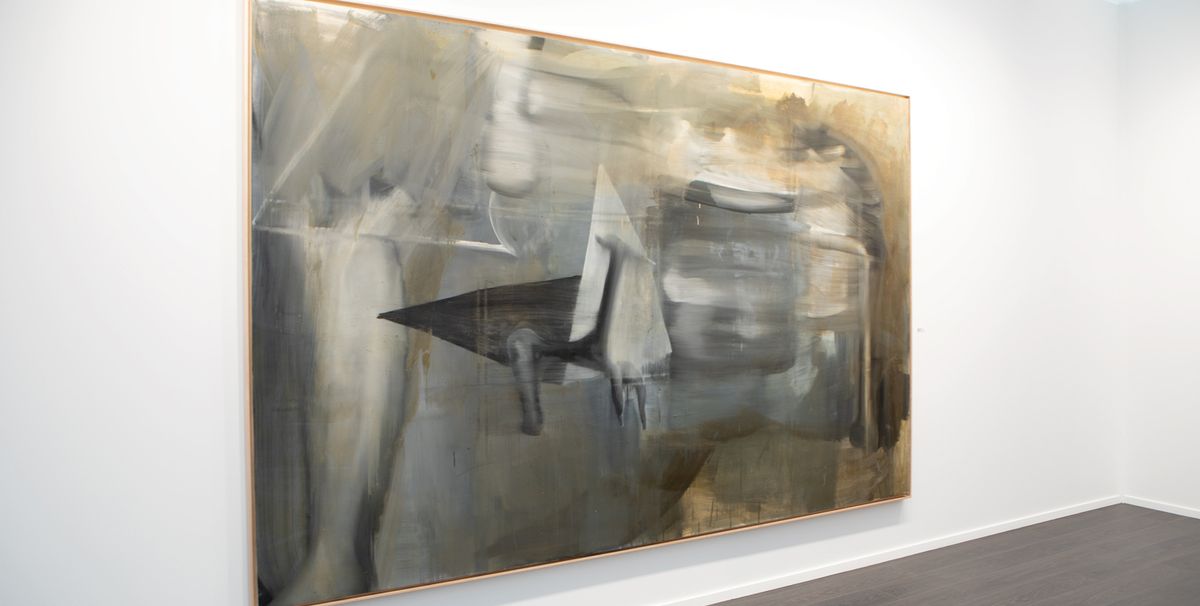
In pictures: Adam Pendleton picks his favourite works of art at Frieze Masters © David Owens/The Art Newspaper

